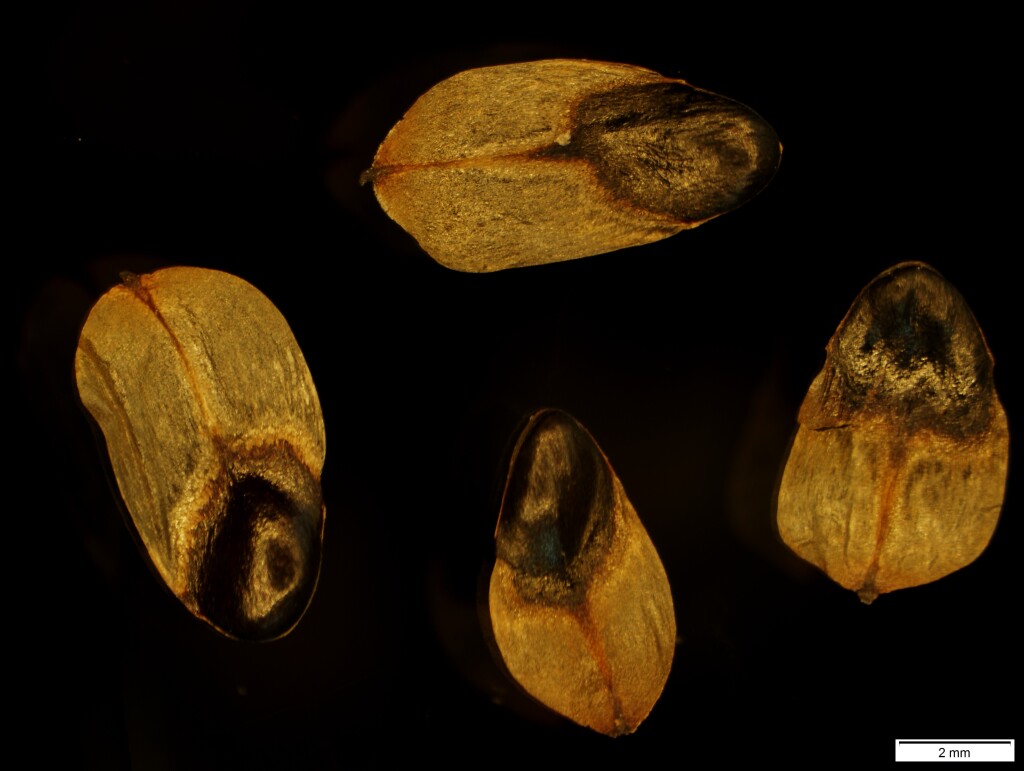Allocasuarina paradoxa
(Macklin) L.A.S.JohnsonDioecious, sometimes monoecious, shrub 0.5–2 m high; penultimate branchlets woody. Bark smooth. Branchlets ascending, to 15 cm long; internodes 6–14 mm long, 0.6–1.2 mm diam., smooth, glabrous; ribs rounded. Teeth 7–11, spreading to recurved, 0.3–2 mm long, usually somewhat overlapping, withered. Male spikes rarely moniliform, 1–3 cm long, 3–7 whorls per cm; anther c. 1 mm long; bracteoles persistent. Cones cylindric, longer than broad, sessile or on peduncle to 3 mm long; cone body 13–25(–45) mm long, 7–13 mm diam.; valves in several rows, hardly extending beyond cone body, broadly acute to obtuse, pyramidal protuberance slightly shorter than bracteole body. Winged seeds 4–8 mm long, very dark red-brown to black. Flowers all year.
LoM, Wim, GleP, VVP, GipP, WaP, Gold, CVU, GGr, DunT, WPro. . Occurs in the Grampians and on Mt Langi Ghiran, and then from Melbourne area to Wilsons Promontory. Often growing in tall heath in sandy soil.
Allocasuarina paradoxa is similar to A. mackliniana (which only occurs in western Victoria) but has branchlets which are usually less coarse and with more rounded ribs, and bearing only slightly withered teeth. Wilson & Johnson (1989) note, however, that the Wilsons Promontory growth form of A. paradoxa may have relatively coarse branchlets. In the Grampians, the only place where the ranges of A. paradoxa and A. mackliniana overlap, A. mackliniana (subsp. hirtilinea) always has pubescent (often strongly so) furrows and the branchlets are always more robust than those of A. paradoxa. Populations of A. mackliniana from Portland (subsp. mackliniana), with their glabrous branchlet furrows, are very similar to A. paradoxa. Without precise locality information, specimens of A. paradoxa may be extremely difficult to separate from A. mackliniana.
Entwisle, T.J. (1996). Casuarinaceae. In: Walsh, N.G.; Entwisle, T.J., Flora of Victoria Vol. 3, Dicotyledons Winteraceae to Myrtaceae, pp. 90–101. Inkata Press, Melbourne.
 Spinning
Spinning
